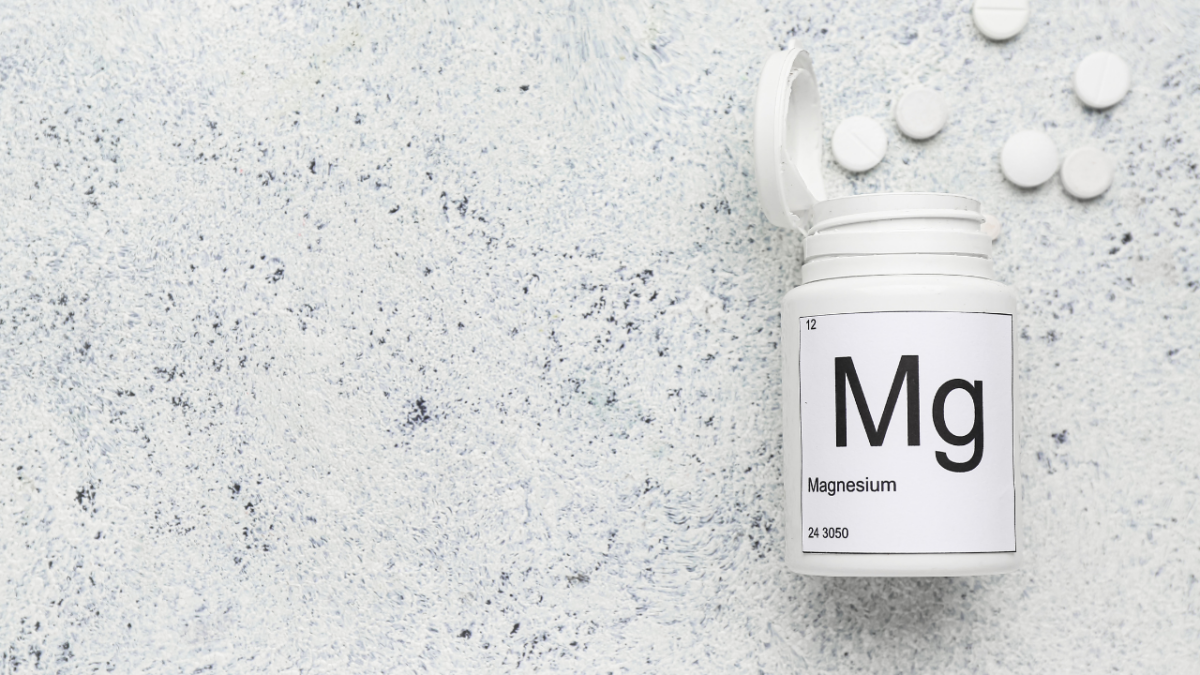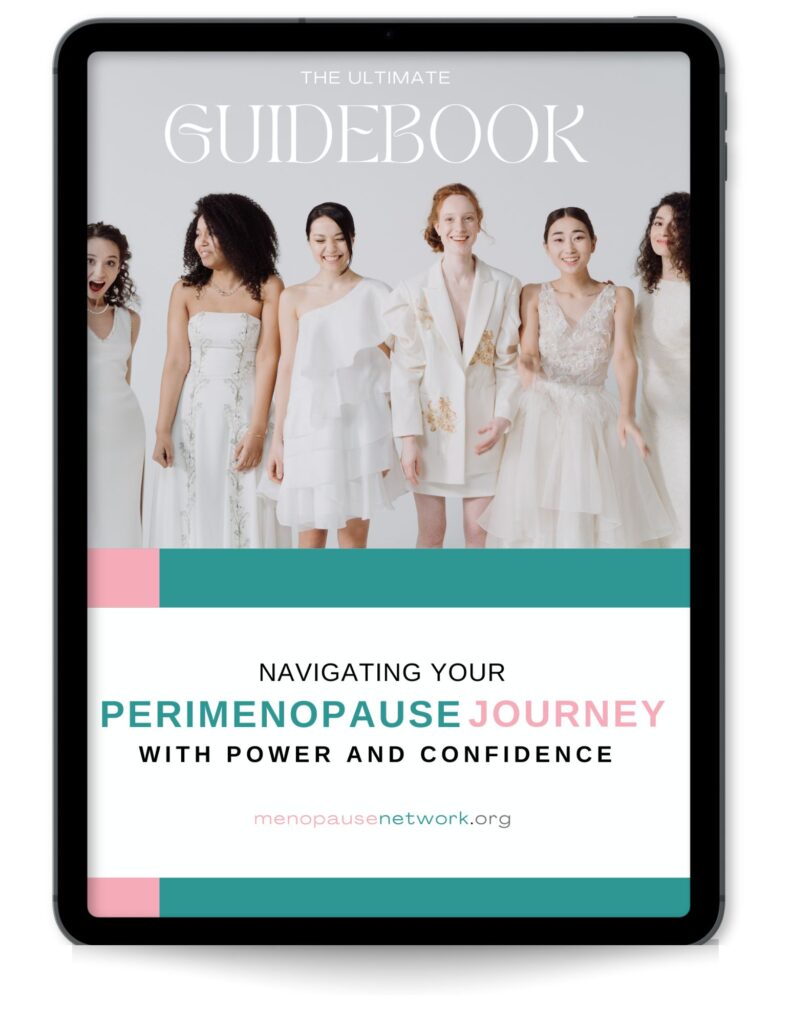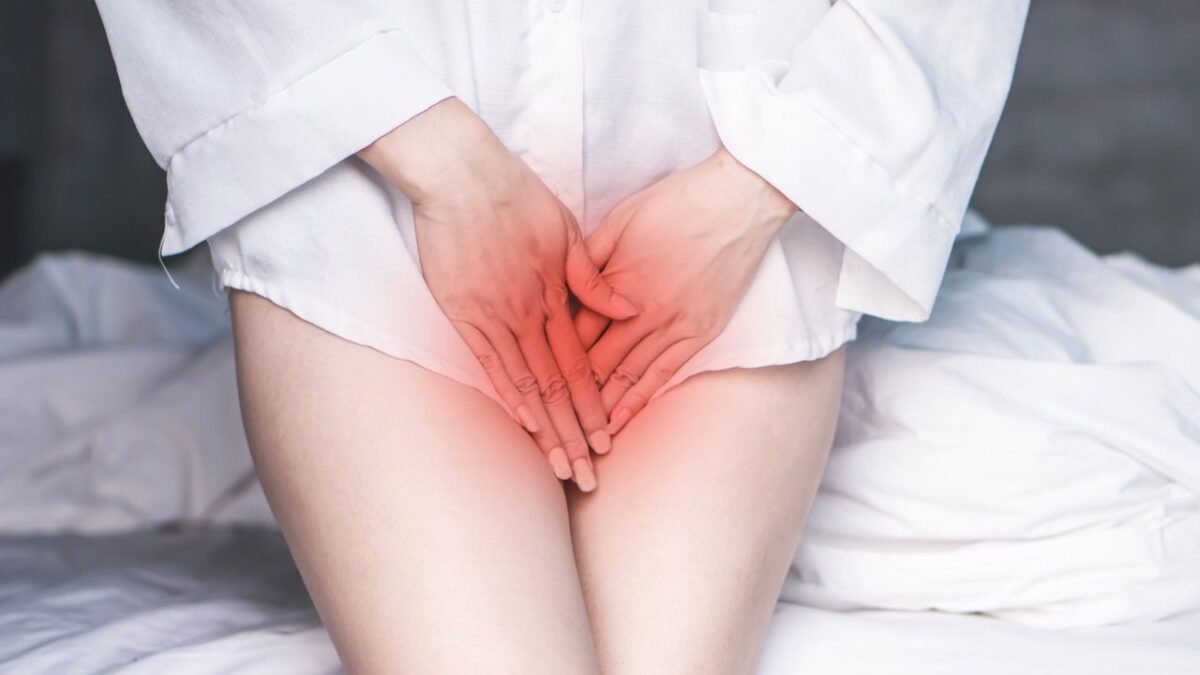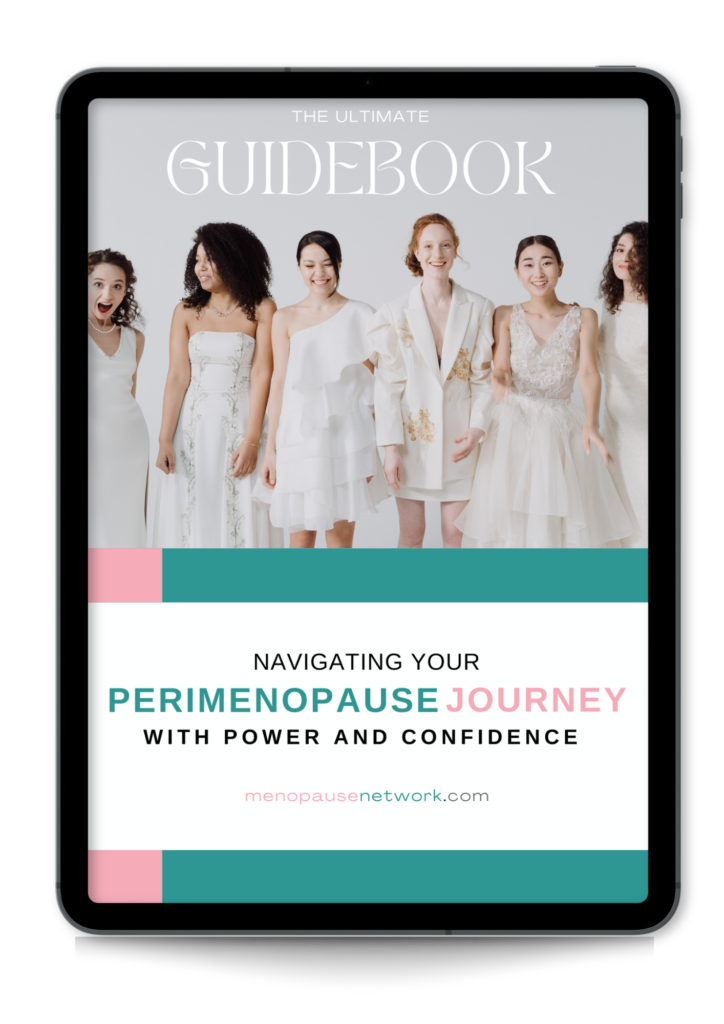Feeling a bit off lately and wondering if it’s perimenopause? Trust me, you’re not the only one trying to decode the body’s mysterious ways. Perimenopause is that tricky phase before menopause kicks in, and it’s got a whole mix of signs that can pop up. This transition can stretch out for anywhere from one to ten years before you hit menopause, with most women experiencing it for about two to five years. It’s a gradual process where your body slowly adjusts to the changes leading up to menopause. The length of perimenopause can vary greatly from one woman to another, making it a very personal journey. This variability means that there’s no one-size-fits-all experience, so understanding your own body’s signals becomes crucial.
But here’s something that’s more interesting: signs of perimenopause can hint at whether you’re just starting this journey (early perimenopause) or you’re closer to the finish line (late perimenopause).
Let’s dive in and break down these signs, shall we? From those unpredictable periods to the ever-so-fun mood swings, and the nights when sleep plays hard to get, each sign has its own tale to tell. Stick around, and we’ll help you figure out which stage you might be in. After all, understanding our bodies makes this wild ride a tad bit easier, right? Let’s get to it!
Early Perimenopause
Irregular Menstrual Cycles
When you enter early perimenopause, your menstrual cycle starts to feel like it’s on a rollercoaster. One month it’s 28 days, the next it’s 40, and then maybe you skip a period altogether. This unpredictability can be quite unsettling. You might find yourself carrying around extra tampons or pads, just in case. It’s not just the timing that’s off; the flow can be all over the place too. One period might be so light it’s barely there, and the next could be so heavy you’re changing your tampon or pad every couple of hours. It’s like your body is trying to keep you on your toes!
Hormonal Fluctuations
Imagine your hormones are like a symphony, and suddenly, the conductor has left the building. That’s early perimenopause for you. Your estrogen levels are up and down, and it feels like there’s no rhyme or reason to it. This hormonal rollercoaster can manifest in various ways. You might find your breasts are tender one week and fine the next. Or maybe you’re crying at a commercial one minute and snapping at your partner the next. It’s not just physical changes; your emotions are on this wild ride too.
Sleep Disturbances
If you’re in early perimenopause and finding it hard to get a good night’s sleep, you’re not alone. Falling asleep can feel like a Herculean task, and staying asleep? Forget about it. You might find yourself waking up at 3 a.m., staring at the ceiling, and wondering why sleep is evading you. It’s not just the hormonal changes that are to blame. Night sweats can have you throwing off the covers, only to pull them back on minutes later. And let’s not forget the anxiety that can come with all these changes, making your mind race when you should be snoozing.
Vasomotor Symptoms
Hot flashes and night sweats are like those uninvited guests at a party in early perimenopause. They just show up without warning. One minute you’re fine, and the next, you’re fanning yourself, trying to cool down. These episodes are usually less intense in early perimenopause compared to later stages, but that doesn’t make them any less annoying. You might be in the middle of a meeting or just relaxing at home when suddenly you feel like you’re in a sauna. And night sweats? They can turn your bed into a swimming pool, disrupting your sleep and leaving you feeling exhausted the next day.
Mood Changes
The hormonal fluctuations of early perimenopause can turn your mood into a yo-yo. One minute you’re feeling pretty good, and the next, you’re irritable or anxious for no apparent reason. It’s like walking on a tightrope, trying to keep your balance emotionally. You might find yourself snapping at people over the smallest things or feeling a sense of anxiety that wasn’t there before. It’s not just the big mood swings either; there’s this underlying sense of emotional instability that can be really disconcerting. It’s important to remember that these mood changes are a normal part of the transition and not a reflection of who you are as a person.
Late Perimenopause
More Pronounced Menstrual Irregularity
In late perimenopause, your menstrual cycle becomes even more of a mystery. It’s like playing a guessing game where you never know when your period will show up, or if it will at all. You might find yourself going months without a period, only for it to return out of the blue. This unpredictability can be frustrating and sometimes worrying. It’s not just the absence of periods; when they do occur, they can be really light or unexpectedly heavy. It’s a constant reminder that your body is going through some major changes.
Intensified Symptoms
Remember those hot flashes and night sweats from early perimenopause? Well, in the late stage, they decide to turn up the heat. These vasomotor symptoms can become more frequent and intense, making daily life a bit of a struggle. You might be in the middle of a conversation and suddenly feel like you’re melting. Night sweats can disrupt your sleep, leaving you tossing and turning, and waking up feeling like you’ve run a marathon. It’s not just uncomfortable; it can be really exhausting dealing with this day in and day out.
Vaginal Dryness and Discomfort
As estrogen levels continue to drop, vaginal dryness becomes a more prominent issue. It’s like your body’s natural lubrication system is on a slow-down. This can make sex go from pleasurable to painful, which is not only physically uncomfortable but can also take a toll on your intimate relationships. It’s a sensitive issue that many women feel hesitant to talk about, but it’s so common and, thankfully, there are ways to manage it. Using lubricants or discussing other options with your doctor can help alleviate this discomfort.
Sleep Issues Worsen
Just when you thought sleep couldn’t get any more elusive, late perimenopause says, “Hold my herbal tea.” The night sweats become more intense, making it hard to get a good night’s rest. You might find yourself waking up multiple times a night, drenched in sweat. But it’s not just the physical symptoms; the anxiety and mood changes that come with this life transition can also keep your mind racing when you should be sleeping. This lack of quality sleep can affect your energy levels, mood, and overall health.
Changes in Libido
During late perimenopause, it’s common to notice a shift in your sexual desire. It’s like your libido decides to take a bit of a hiatus. This can be due to the hormonal rollercoaster your body is on, but also because of the physical discomforts like vaginal dryness. It’s a double whammy that can make you feel less interested in sex. This change can be confusing and sometimes upsetting, but it’s important to remember it’s a natural part of this transition. Open communication with your partner and exploring different ways to maintain intimacy can be really helpful.
Cognitive Changes
Ever walked into a room and forgot why you’re there? Welcome to the “brain fog” club of late perimenopause. Some women report feeling like their memory isn’t as sharp as it used to be or they struggle to concentrate. It’s like your brain is in a constant state of haze. This can be frustrating, especially if you’re used to being on top of everything. But it’s a common experience during this stage, and most of the time, it’s temporary. Finding strategies to help with memory and concentration, like making lists or setting reminders, can be beneficial during this time.
How to Manage Your Symptoms
Navigating perimenopause can feel like a bit of a balancing act, but with the right mix of self-care, medical advice, and a dash of patience, it’s definitely manageable. Here’s a more down-to-earth take on how to handle this rollercoaster of a phase:
Lifestyle Tweaks
- Eating Right: Think of food as your ally. Load up on fruits, veggies, whole grains, and lean proteins. Calcium and vitamin D are your bones’ best friends during this time. And, if hot flashes are your uninvited guests, maybe skip the spicy tacos and the evening espresso.
- Get Moving: Exercise isn’t just about keeping fit; it’s a great mood lifter and sleep helper. Whether it’s a brisk walk, a swim, or some yoga, find what makes you feel good. It’s like hitting a reset button for your body and mind.
- Sleep Well: Good sleep can be elusive, but it’s not impossible. Create a cozy, comfy sleep haven. Stick to a routine, and maybe skip scrolling through your phone in bed. Your brain needs a break too!
- Stress Less: Easier said than done, right? But finding your chill can be a game-changer. Meditation, deep breathing, or just finding a quiet moment for yourself can dial down the stress levels.
- Quit Smoking: If you smoke, here’s another reason to quit. It’s tough, but it’s worth it for easing those perimenopause symptoms and, well, for everything else health-wise.
Medical Help
- Hormone Therapy: This can be a big help for symptoms like hot flashes. It’s not for everyone, and it’s got its pros and cons, so a heart-to-heart with your doctor is a good idea.
- Other Meds: If hormone therapy isn’t your thing, there are other meds that can help with things like mood swings and those pesky hot flashes.
- Vaginal Estrogen: For the not-so-talked-about issues like vaginal dryness, this can be a real relief. It’s more local, less risky, and can make a big difference.
Emotional Backup
- Find Your Squad: Support groups or counseling can be super helpful. It’s comforting to know you’re not the only one riding this wave.
- Talk It Out: Keeping your friends, family, or partner in the loop about what you’re going through can make a world of difference. It’s okay to lean on them.
- Knowledge is Power: The more you know about perimenopause, the less daunting it feels. Read up, attend workshops, or just chat with others who’ve been there.
Alternative Routes
- Try Something New: Acupuncture or herbal remedies? Could be worth a shot. Just make sure to check with your doctor first.
- Mind Over Matter: Techniques like biofeedback or guided imagery might sound out there, but they can actually be pretty effective, especially for stress and mood.
Navigating the twists and turns of perimenopause and menopause can feel a bit like uncharted territory. But don’t fret! We are here to be your trusty guide. Packed with reliable information, well-researched insights, and real-life stories, we aim to demystify these natural phases of a woman’s life. Whether you’re trying to understand the difference between perimenopause and menopause, seeking advice on managing those pesky hot flashes, or just looking for a community that gets it, we’ve got you covered.
But that’s not all! We believe knowledge is power, and to empower you further, we’ve curated a range of free resources. From handy guides to in-depth articles, these resources are designed to provide clarity and support, right at your fingertips. So, go on, take a virtual stroll through the Menopause Network website. Dive into the wealth of information, download our freebies, and equip yourself with the knowledge to sail smoothly through perimenopause and menopause. After all, this journey is all about embracing change with confidence, and we’re here to support you every step of the way!













